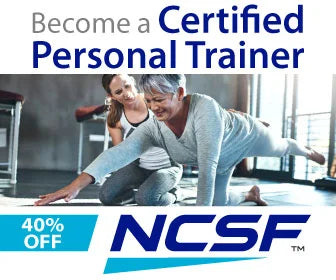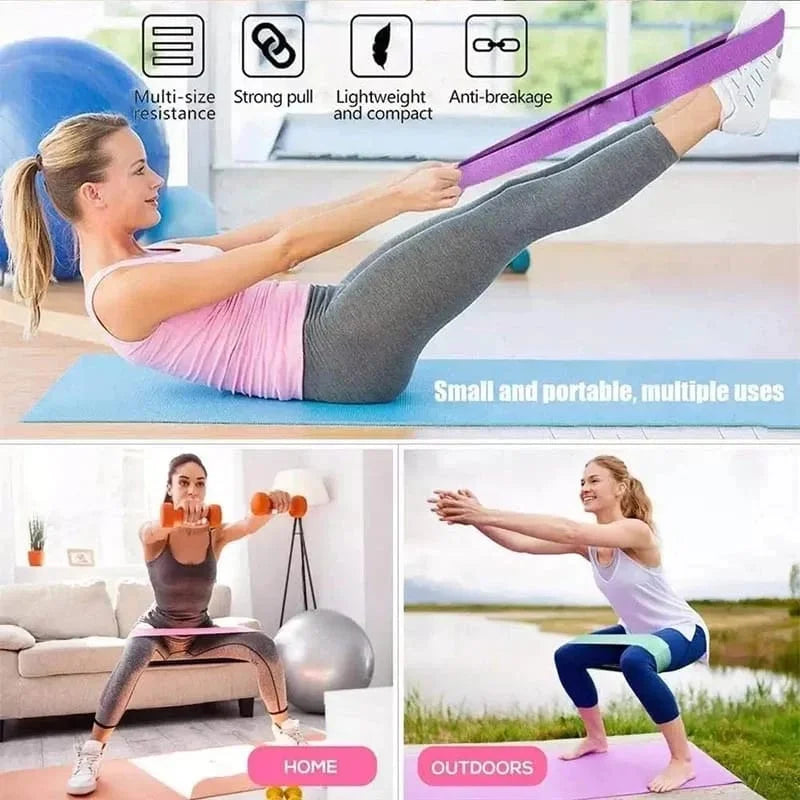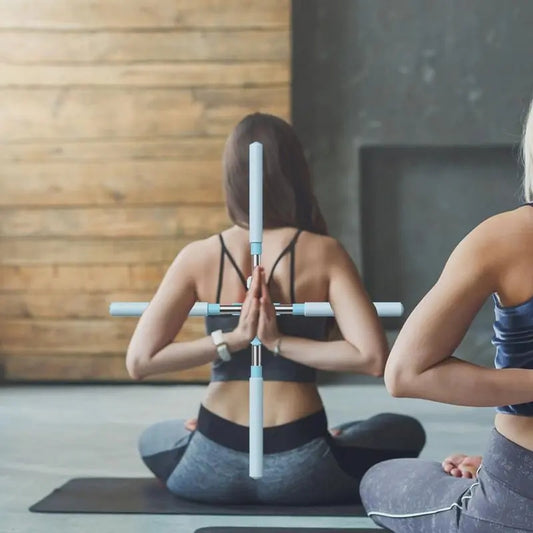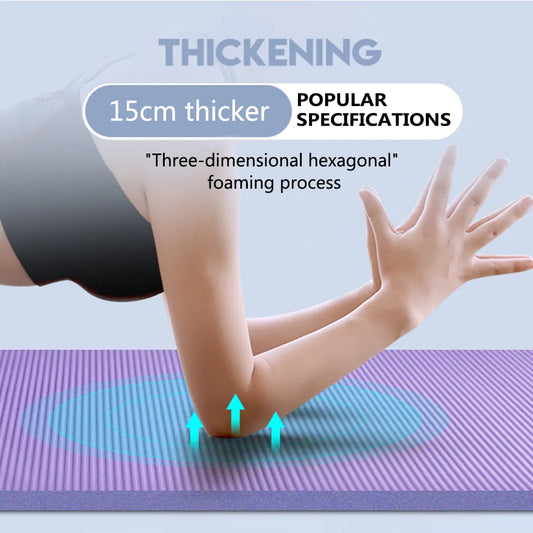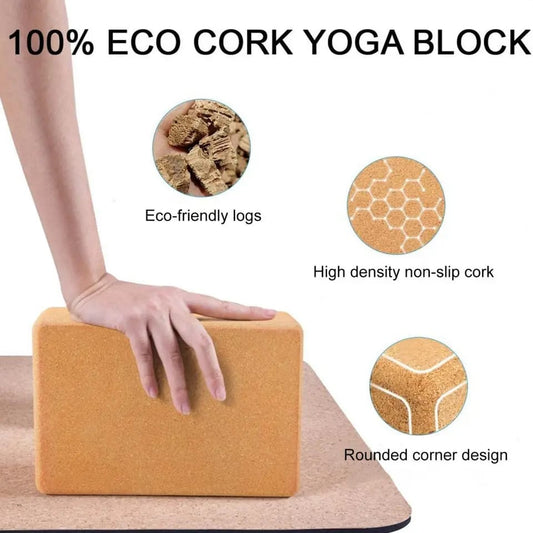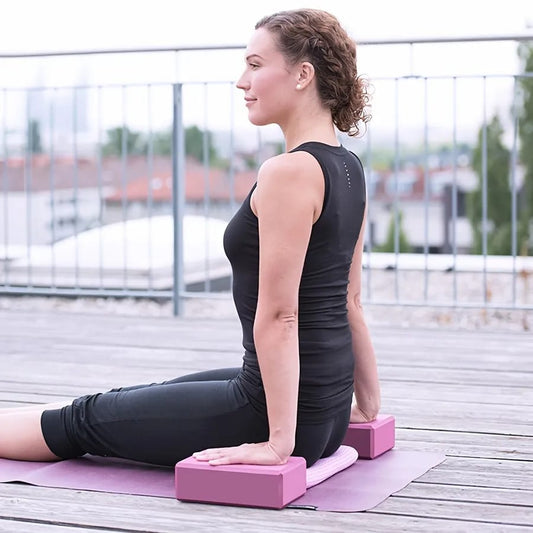Core power in yoga refers to the strength and stability of the muscles in the core region of the body, which includes the muscles of the abdomen, lower back, hips, and pelvis. Building core power is essential for maintaining proper alignment, stability, and balance in yoga poses (asanas), as well as in daily activities. Here's why core power is important in yoga and how to develop it:
Importance of Core Power in Yoga:
-
Stability and Balance: A strong core provides a stable foundation for maintaining balance and proper alignment in yoga poses. Core strength helps prevent wobbling or collapsing during standing, balancing, and inverted poses.
-
Support for the Spine: Core muscles support the spine and promote healthy posture. Strengthening the core helps alleviate strain on the back, reducing the risk of back pain and injuries.
-
Controlled Movement: Core strength allows for controlled and graceful movement between poses, enhancing fluidity and ease in transitions during yoga sequences.
-
Deep Breathing: A strong core supports efficient breathing by allowing the diaphragm to move freely. Proper breathing enhances oxygenation, endurance, and relaxation during yoga practice.
-
Injury Prevention: Core stability reduces the risk of overloading other muscle groups and joints during challenging yoga poses, minimizing the likelihood of injuries.
How to Develop Core Power in Yoga:
-
Core-Engaging Poses: Include yoga poses that specifically target the core muscles, such as Plank Pose, Boat Pose, Side Plank, and Forearm Plank. Hold these poses for several breaths to build endurance and strength.
-
Integrate Core Activation: Engage the core in all yoga poses by drawing the navel toward the spine and lifting the pelvic floor muscles. This helps maintain stability and integrity throughout the body.
-
Use of Breath: Coordinate breath with core engagement during yoga practice. Inhale to prepare, and exhale to engage the core muscles, allowing for deeper activation and stability.
-
Variety of Movements: Incorporate dynamic movements that challenge the core, such as leg lifts, twists, and controlled transitions between poses. Varying the movements helps strengthen different aspects of the core.
-
Consistent Practice: Dedicate regular time to core-focused yoga sequences or exercises to progressively build strength and endurance in the core muscles.
-
Mindful Alignment: Pay attention to alignment cues and engage the core to maintain a stable and aligned posture in all yoga poses, from standing poses to inversions.
-
Prop Use: Utilize yoga props (such as blocks, straps, or stability balls) to modify poses and deepen core engagement while maintaining proper form.
By focusing on developing core power through mindful practice and targeted exercises, practitioners can enhance their yoga practice, improve overall stability and balance, and experience greater strength and resilience both on and off the mat. Core strength is a foundational element of yoga practice that supports optimal performance and well-being.

